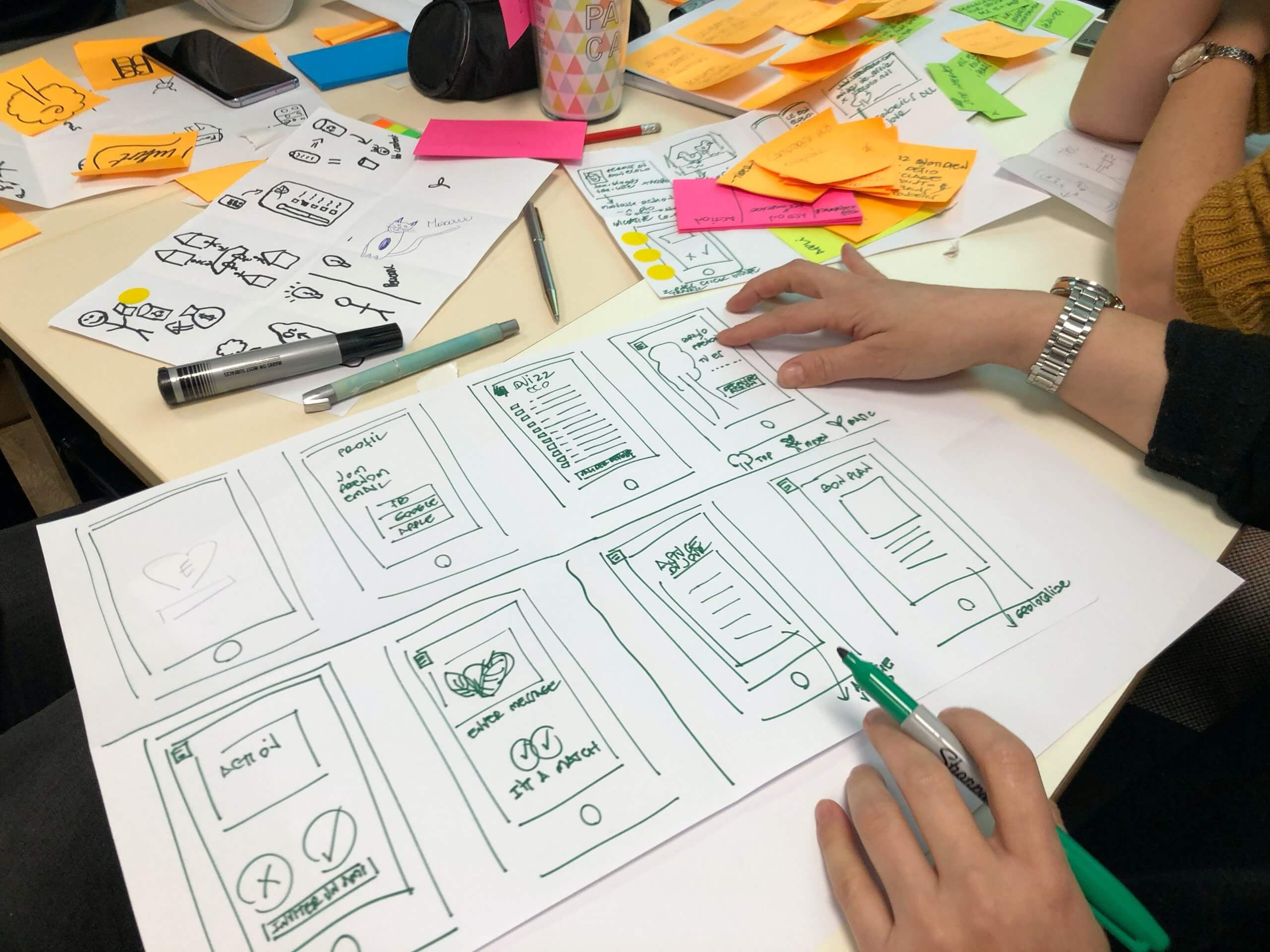Enough creativity for today, now get back to work
In 2012, a very revealing study was conducted by the folks at Adobe to get a sense of how important global executives thought creativity was for business. The study also asked how good or bad they believed they were at this creativity thing. The survey sample size was n=5000, with around n=1000 respondents each from the US, UK, Germany, France and Japan.
Across geographies, around 80% or more agreed that “creative potential is critical for economic growth”, and around half of all respondents felt that they were “increasingly being expected to think creatively at work”. However, only around 25% of those surveyed believed that they were “living up to their creative potential” – and between 75-80% felt that there is “increasing pressure to be productive rather than creative at work.”
So what does this tell us?
At the risk of oversimplifying things, it means that people are increasingly aware of the importance of being creative at work, but are getting very mixed signals about what that actually means. They are being told that they need to think more creatively, but that being productive is much more important.
This is a common sentiment that is expressed in many overt and subtle ways every day in companies all over the world. And by taking a closer look, we discover a fundamental assumption that may be at the core of why so many individuals and organizations struggle to live up to their creative potential: somewhere along the line, an artificial dichotomy has sprung up that says you can either be creative OR productive – and that one occurs somehow at the expense of the other.
We work with many different companies of all shapes and sizes around the world, and have seen this assumption manifest in all forms of business models, strategies, performance measurement systems, remuneration models, leadership messages and organizational cultures.
Perhaps most notably, this assumption informs the way many organizations approach innovation – often delegating creativity to specially-tasked ‘innovation units’ or ‘task-forces’; or launching initiatives that encourage employees to take 30 minutes each day to be creative ‘in addition’ to their regular jobs.
In a world where change is moving at an unprecedented pace, competitors come out of nowhere, and no industry is safe from technological disruption, this type of compartmentalized creativity just doesn’t cut it.

Every year, Boston Consulting Group conducts a survey asking executives if they are satisfied with the results from their investments in innovation– and on average, less than 50% say that they are.
If you are reading this and can relate to lack-luster results from the best-laid plans to drive creativity and innovation, it may be time for a rethink.
In our experience, the most consistently innovative organizations operate on an entirely different assumption: that creativity and productivity are in fact mutually reinforcing, if not entirely indivisible.
In this context, creativity is not equated with “wild and crazy ideas”, or an activity independent from real work, rather it is understood for what it really is: the irreducible source of new ideas. And not just new ideas for breakthrough products and services, but new ideas about how to manage projects more efficiently, improve customer experiences, collaborate across business units more effectively, or remove unnecessary steps from a manufacturing process.
Seeing the world though this lens places creativity at the core of productivity – making it a crucial part of everyone’s regular job, and certainly not the exclusive domain of “creative people”, a single department, or hipsters with skinny jeans and media glasses.
So what to do? As a first step, I encourage leaders to revisit their core assumptions about creativity: what it is, who it’s for, and how it works. Have these assumptions informed your approach to innovation? Have you considered what messages your policies and actions are really sending?
Until this happens, creativity and innovation initiatives will likely continue to be isolated from the real work of the business, where they have little chance of delivering the bottom line impact they were designed for.
But chin-up, a change in mindset is coming. In fact as, as author William Gibson so aptly put it, “the future is already here – it’s just not evenly distributed”.
Adobe: State of Create Benchmark Study
Want to discuss how we can help you take a more creative approach to problem solving in your business? Get in touch

